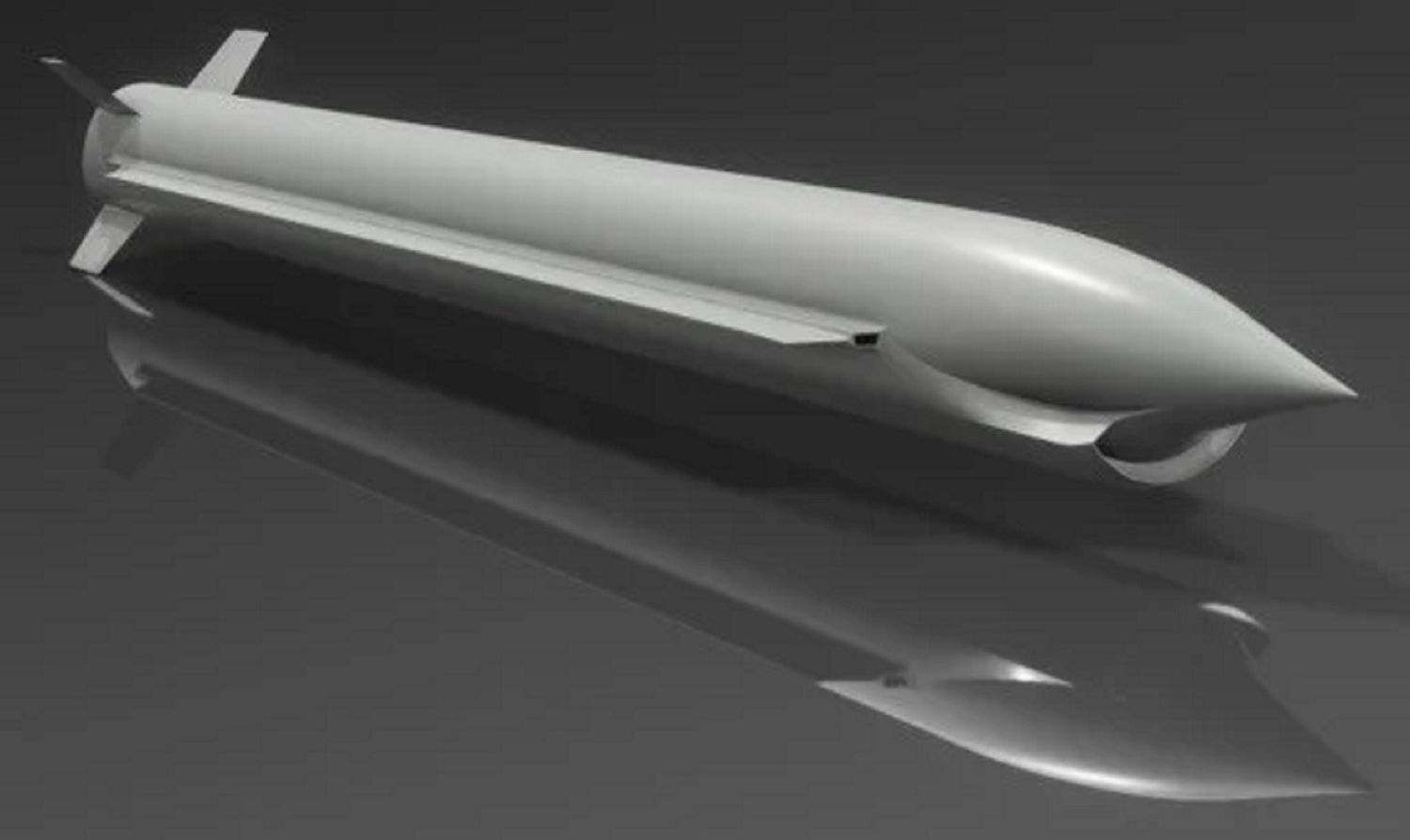In cooperation with Germany, Norway will work on a new supersonic surface strike missile, expected to be completed by 2035.
«We must start work today to develop the weapons that will protect us against tomorrow’s threats. The new missile will strengthen Norway’s defense capabilities and its ability to combat targets at long distances and is scheduled to be ready in 2035,» said Norwegian Defense Minister Bjørn Arild Gram.
Norge vil utvikle nytt supermissilhttps://t.co/sxOq1iKFcS
— Forsvarsdepartement (@Forsvarsdep) November 24, 2023
The development of the new missile is a collaborative project between Norway and Germany. Among other things, the missile is planned to be used on Norwegian and German warships.
«Germany is our most important European partner for defense material cooperation and a major and important ally in NATO,» says Gram.
The Norwegian Executive is promoting the project to Parliament to give the green light for the preliminary design phase of the project. To minimize risks and costs, the development process will be divided into distinct phases, each with its own cost framework and objectives. The Government will return to Parliament with a recommendation on the continuation of the project after completion of the design phase.
See also: Italy seeks to join Franco-British FC/ASW new generation cruise and anti-ship missile program
So far, the missile has been referred to as the Future Naval Strike Missile (FNSM). In future development, it will be known as the Super Sonic Strike Missile (3SM), implying that it will also have the capability to strike ground targets such as command posts, ammunition/fuel depots, air defense systems, critical infrastructure, etc.
And while the project for the future supersonic missile is being spearheaded by the Norwegian and German navies, its design is likely to include an air-launched version, in order to take full advantage of its ability to strike targets at long distances and with low probability of interception, due to its supersonic cruise speed, sustained thanks to its ramjet propulsion technology. There is even the potential for its dimensions to allow it to be used from the internal weapons bays of fighters such as the F-35 Lightining II or the future FCAS.


Comentarios
Para comentar, debés estar registrado
Por favor, iniciá sesión